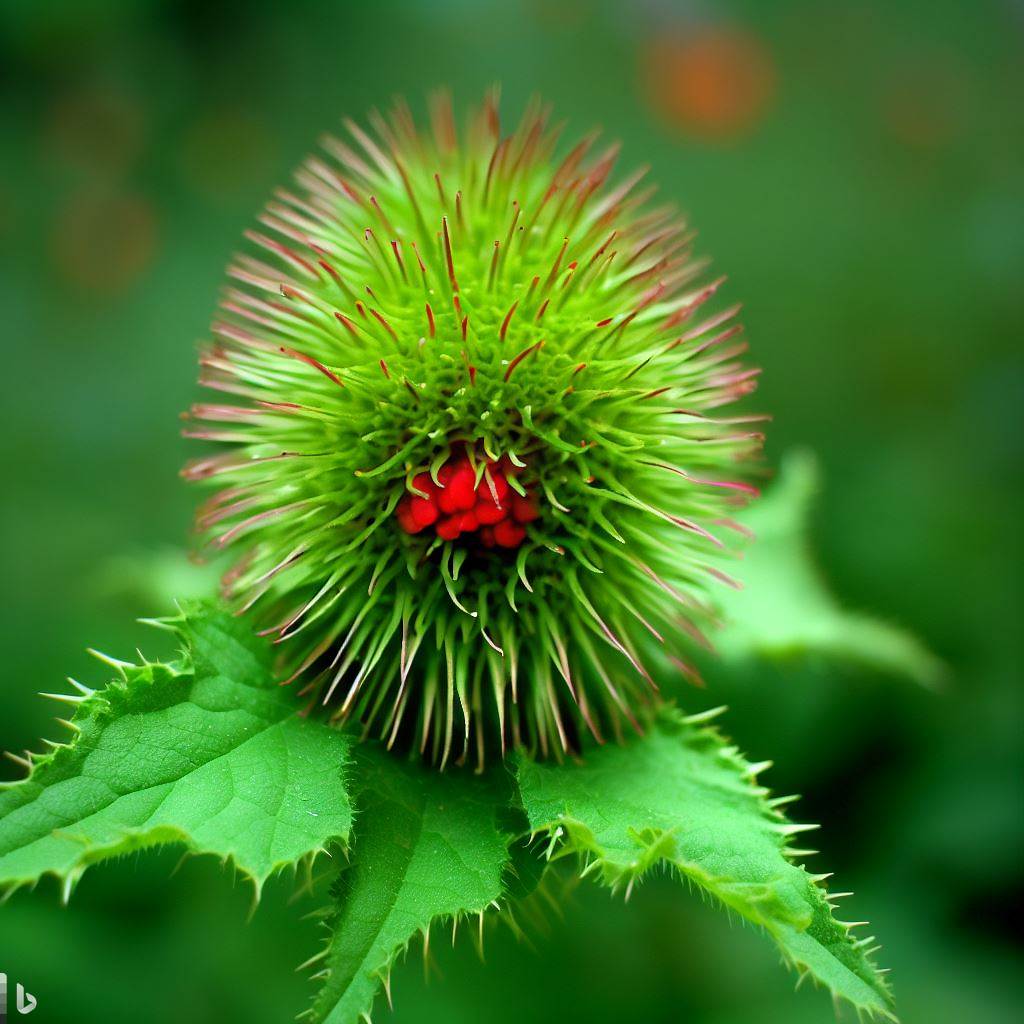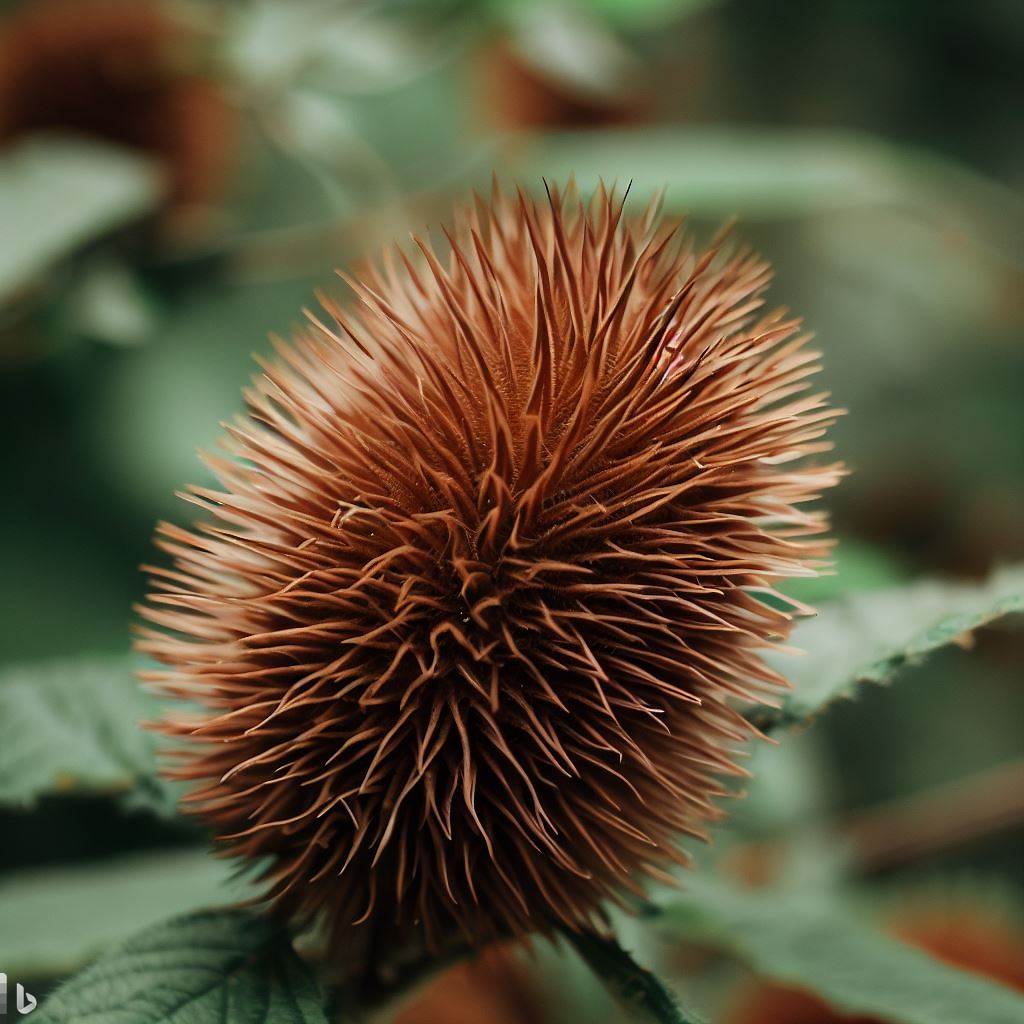Imagine taking a leisurely stroll through the lush green meadows, when suddenly you feel a prickling sensation against your skin. You look down and see tiny bur-like hitchhikers clinging to your clothes. Ah, the infamous bur hitchhiker plant – nature’s sneaky little marvel!
This clever green guy has figured out how to travel distances far beyond its roots, ensuring its survival and propagation in environments it wouldn’t typically reach. Now isn’t that something? You might have encountered this persistent fellow on a camping trip or perhaps during your latest hike when they clung onto your backpack for dear life.

As we delve further into this article, be prepared for an enlightening journey where science meets everyday experience – where we unravel not only the mystery of how these plants hitch rides but also why it matters in our global ecosystem.
Here is an article you might be interested in camp chef logan utah
Characteristics of Bur Hitchhiker Plants
Before we delve deeper into the mysterious world of bur hitchhiker plants, let’s take a moment to appreciate their unique features.
These plants typically belong to the family Asteraceae and are renowned for their spiky or hook-shaped appendages known as burs. Burs come in various shapes, sizes, and textures depending on the species but share one common trait – they have an unparalleled knack for latching onto unsuspecting passersby!
Awe-Inspiring Reproduction and Dispersal Mechanisms
Mother Nature has bestowed upon these hitchhikers ingenious reproductive strategies that would make even MacGyver blush with admiration! Bur hitchhiker plants employ an array of mechanisms to ensure successful dispersal while cunningly exploiting unwitting living beings as their transport vessels.
One such mechanism is botanical hitchhiking, where those cheeky burs attach themselves to animals’ fur or feathers like freeloaders catching a ride on a crowded subway.
As these animals move about, crossing vast distances effortlessly (at least compared to our human legs), they unwittingly scatter seeds far beyond the plant’s immediate vicinity.
But why rely solely on opportunistic passengers? Some bur-producing species spice things up by utilizing additional dispersal strategies like wind-aided flight or floating in water bodies. It seems these resourceful hitchhiker plants have mastered the art of adapting to whatever mode of transportation is at their disposal!
Ecological Role and Impacts on Local Ecosystems
While bur hitchhiker plants may seem like mischievous troublemakers, they actually play a crucial ecological role. These resilient plants contribute to biodiversity by colonizing new areas and establishing themselves in diverse habitats.
Their ability to adapt and thrive in different environments makes them an essential cog in the intricate machinery of nature.
However, as with all things in life, there can be too much of a good thing. Some bur-producing species have become invasive monsters that wreak havoc on delicate ecosystems.
Take Russian thistle (Salsola tragus), for instance—a notorious hitchhiker plant that has invaded vast stretches of arid land across North America, crowding out native flora and leaving behind a trail of ecological devastation.
Interactions with Wildlife and Pets
Animals are unwitting participants in the captivating dance between bur hitchhiker plants and their quest for world domination. While some animals unknowingly assist these botanical travelers, others find themselves entangled in an ever-tightening web spun by burs.
Wildlife often becomes closely entwined with burs during this elaborate game of hide-and-seek. Burs attach themselves to feathers or fur while animals forage or groom themselves, leading to peculiar fashion statements courtesy of Mother Nature’s sticky seeds.
Pets also occasionally fall victim to these clingy adversaries. Dogs returning from their adventures through fields or hikes may not only bring back memories but also small stowaways stuck stubbornly onto their coats!
Removing these tenacious burs can become quite the challenge, prompting interesting battles between owners armed with brushes against nature’s persistent grip.
Practical Applications Derived from Bur Hitchhiker Plant Features
Nature has long been a source of inspiration for human innovation, and bur hitchhiker plants are no exception. Researchers have drawn upon the remarkable features of these plants to develop practical applications through biomimicry.
One such application is Velcro—the iconic hook-and-loop fastening system invented by Swiss engineer George de Mestral in the 1940s. Inspired by burs attaching to his dog’s fur during a walk, de Mestral created a closure mechanism that mimicked nature’s captivating grip.
Today, Velcro has become an indispensable part of our lives, proving that nature truly holds ingenious solutions within its grasp! Who knows? You could also get creative and let the sticking on and brushing off of bur hitchhikers become one of many crazy camp light ideas.
Controlling the Spread of Invasive Bur-Producing Species
The battle against invasive bur-producing species is an ongoing struggle, as these relentless hitchhikers continue their conquest across new territories. Scientists and conservationists have rolled up their sleeves to understand and counteract this green invasion.

Research studies aim to uncover effective strategies for controlling the spread of invasive bur-producing species like Russian thistle or yellow starthistle (Centaurea solstitialis).
Through extensive field experiments and analysis, scientists hope to develop targeted approaches that minimize ecological impact while effectively containing the relentless march of these botanical marauders.
Gardeners’ Struggles With Managing Problematic Burs
For gardeners battling with problematic burs in their own little patches of paradise, knowledge is key! Understanding how these pesky hitchhikers operate can empower garden enthusiasts with effective management techniques.
Regular maintenance practices such as weeding and manual removal can help keep bur hitchhiker plants at bay. However, prevention remains paramount – avoiding the introduction or cultivation of invasive species can save both time and effort.
By selecting native plant varieties known for their non-invasive behavior instead, gardeners can create harmonious environments where desirable flora reign supreme.
In Conclusion
The world of bur hitchhiker plants is a fascinating realm filled with surprises and challenges. From their captivating reproduction mechanisms to their ecological impacts, these resilient hitchhikers continue to perplex and amaze us.
As we strive to strike a delicate balance between appreciating the wonders of nature and safeguarding our fragile ecosystems, let us marvel at the remarkable adaptability of these botanical wanderers.
So next time you find yourself brushing off those persistent burs, remember that behind their clingy nature lies an intricate web of survival strategies – a testament to the awe-inspiring power of Mother Nature!
Read another exciting blog post here camping gear for teenager
This is the article to read for today camping in the rain activities
FAQs
Q: What makes the Bur Hitchhiker Plant a natural wonder?
A: The Bur Hitchhiker Plant, also known as the burdock, is considered a natural wonder because of its unique ability to hitchhike and disperse its seeds far and wide. It uses a fascinating method to spread its seeds by attaching them to passing animals or humans, thanks to its sticky barbs.
Q: How does the Bur Hitchhiker Plant hitchhike?
A: The Bur Hitchhiker Plant has tiny hooked bristles on its burrs, which enable it to easily hitchhike on passing animals, including humans. These bristles are designed to hook onto clothing, hair, or even animal fur, allowing the plant to travel and distribute its seeds to new locations.
Q: Is the Bur Hitchhiker Plant a weed?
A: Yes, the Bur Hitchhiker Plant, or burdock, is considered a weed. It can be found growing in various habitats and is known for its ability to reproduce and cover large areas with its burrs containing seeds.
Q: What kind of plant is the Bur Hitchhiker Plant?
A: The Bur Hitchhiker Plant, scientifically known as Arctium lappa, is a biennial herbaceous plant. It has large leaves, purple flowers, and produces burrs that contain seeds.
Q: How can I get rid of the Bur Hitchhiker Plant?
A: Removing the Bur Hitchhiker Plant can be a challenge due to its barbed burrs. To effectively eradicate it, the entire plant, including the root, needs to be pulled out carefully to ensure all the seeds are removed. Herbicide application may also be necessary in some cases.
Q: Where is the Bur Hitchhiker Plant likely to be found?
A: The Bur Hitchhiker Plant is commonly found in Europe, but it has also been introduced in other parts of the world, including North America. It thrives in a variety of environments, including open fields, waste areas, and disturbed habitats.
Q: Why are the seeds of the Bur Hitchhiker Plant so effective?
A: The seeds of the Bur Hitchhiker Plant are highly effective because they are covered with tiny hook-like bristles, called barbs. These barbs easily attach to clothing, animal fur, or any surface they come in contact with, allowing the seeds to be carried and dispersed over long distances.
Q: What are some other plants that use hitchhiking as a dispersal method?
A: The Bur Hitchhiker Plant is not the only plant species that uses hitchhiking seeds as a dispersal method. Other plants that employ this strategy include the uncarina, known for its woody burs that resemble tiny harpoons, and various xanthium species that produce burrs with characteristic triangular spines.
Q: Can the Bur Hitchhiker Plant be a nuisance?
A: Yes, the Bur Hitchhiker Plant can be seen as a nuisance for those who wish to have a weed-free garden or landscape. Its ability to spread rapidly and attach to clothing or animal fur can be annoying and difficult to control.
Q: What is the purpose of the barbs on the Bur Hitchhiker Plant’s burrs?
A: The barbs on the Bur Hitchhiker Plant’s burrs serve multiple purposes. They help the plant attach to passing animals or humans, allowing it to hitchhike and disperse its seeds. The barbs also act as a defense mechanism, deterring animals from eating the seeds and thus ensuring the plant’s survival.
